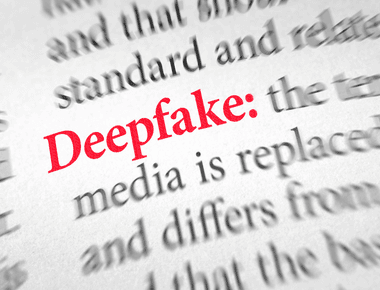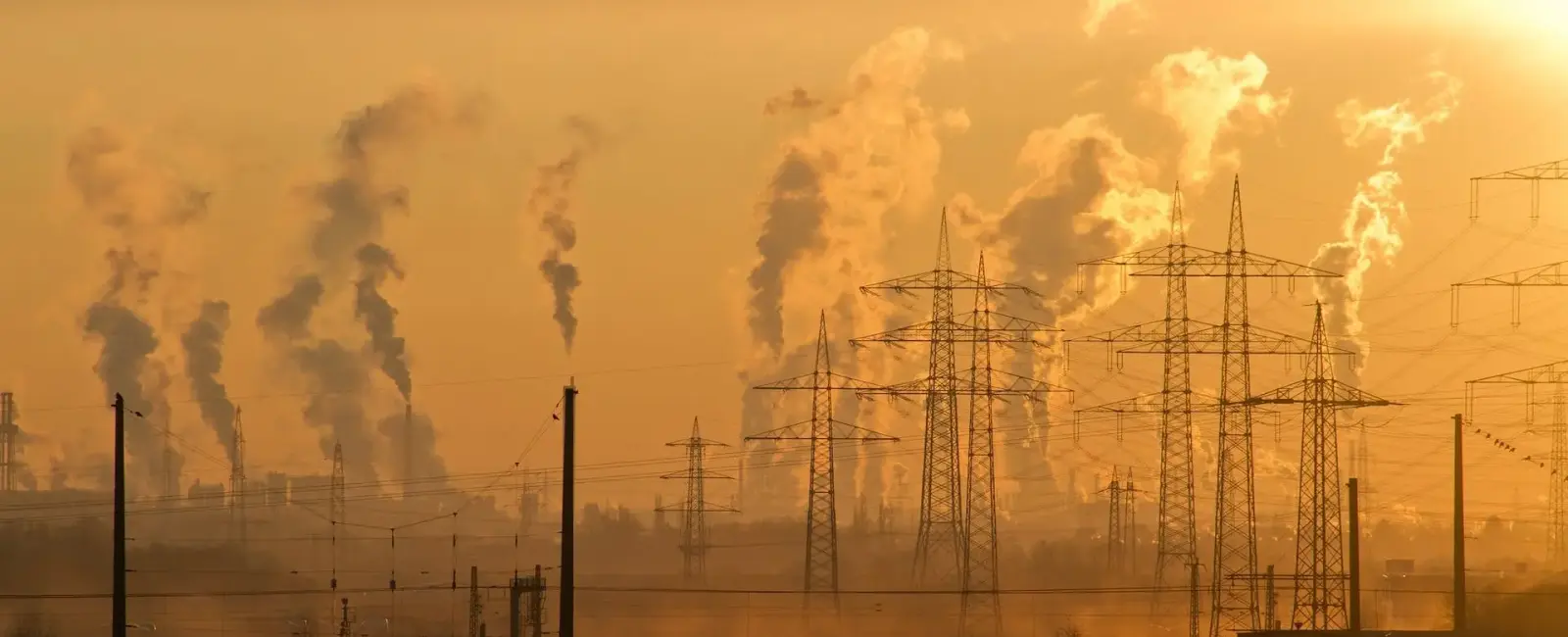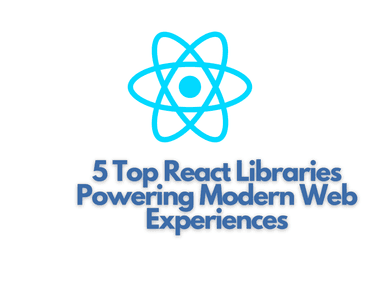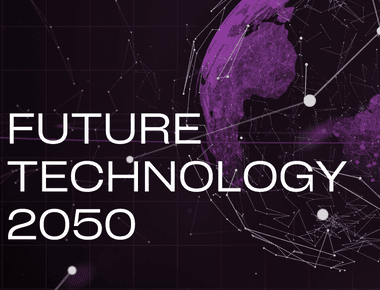
Artificial Rain: An Approach to Pollution Control

In the quest to combat air pollution, a groundbreaking solution has emerged: artificial rain. This innovative approach, while not a panacea, offers a promising avenue for mitigating the effects of pollution in densely populated and industrial areas. Indian Govt is also planning to artificial rain to crib the pollution problem in Delhi NCR, where Air quality has gone to serve level.
Understanding Artificial Rain
Artificial rain, also known as cloud seeding, involves the dispersion of substances into the air that serve as cloud condensation or ice nuclei. The most common chemicals used are silver iodide and potassium iodide. The process stimulates precipitation, helping to clear pollutants from the air.
The Mechanism Behind the Clouds
The science of artificial rain is fascinating. Aircraft or ground-based generators release the seeding agents into the atmosphere. These particles attract water droplets in the clouds, leading to the formation of ice crystals. As these crystals grow and merge, they become heavy enough to fall as precipitation, effectively “washing” the air as they descend.
Pollution Control: A New Frontier
The application of artificial rain for pollution control is relatively new. It’s been considered in cities grappling with severe air quality issues. By inducing rain, it’s possible to bring down suspended particulate matter and other pollutants, thereby improving air quality temporarily.
Case Studies: Successes and Challenges
Several cities worldwide have experimented with artificial rain for pollution control. For instance, Beijing used cloud seeding ahead of the 2008 Olympics to improve air quality. However, the effectiveness of this method can vary based on atmospheric conditions, geographical factors, and the type of pollutants.
Environmental and Ethical Considerations
While artificial rain can offer temporary relief from pollution, it’s not without its concerns. The ecological impact of introducing chemicals into the atmosphere is a subject of ongoing research. Moreover, there are ethical considerations regarding the manipulation of weather patterns, as it could potentially disrupt natural cycles and neighbouring regions.
Looking Ahead: A Piece of the Puzzle
Artificial rain for pollution control is an intriguing concept, but it’s important to view it as part of a broader strategy. Addressing the root causes of pollution – such as industrial emissions, vehicular pollution, and energy production – remains critical. Artificial rain could be a supplementary measure, providing temporary relief, especially during pollution spikes.
Conclusion
As we continue to seek solutions for environmental challenges, technologies like artificial rain present innovative, albeit interim, methods to address pressing issues like air pollution. While it’s not a standalone solution, it underscores the importance of scientific ingenuity in our ongoing battle against environmental degradation.
Related Posts



Quick Links
Legal Stuff




